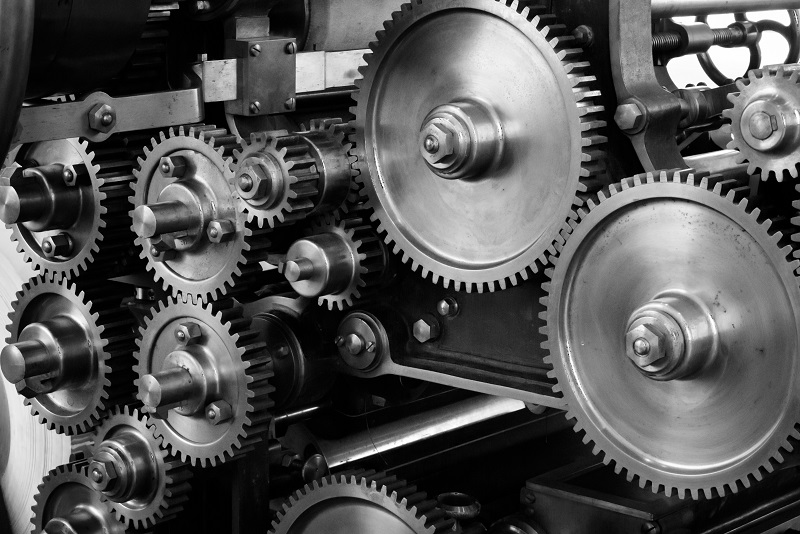Forging
With forging machinery people apply pressure to metal blanks to produce plastic deformation to obtain forgings with certain mechanical properties, certain shapes and sizes.
Compared with castings, metal can improve its structure and mechanical properties after forging. After the casting structure is deformed by the forging method due to the deformation
and recrystallization of the metal, the original coarse dendrites and columnar grains become the equiaxed recrystallized structure with finer grains and uniform size, which makes the
original segregation in the steel ingot, The compaction and welding of looseness, pores, slag inclusions, etc., make the structure more compact and improve the plasticity and mechanical
properties of the metal. The mechanical properties of castings are lower than the mechanical properties of forgings of the same material. In addition, the forging process can ensure the continuity
of the metal fiber structure, keep the fiber structure of the forging consistent with the shape of the forging, and the metal streamline is complete, which can ensure that the parts have
good mechanical properties and long service life. Precision die forging and cold extrusion are used. Forgings produced by processes such as, warm extrusion, etc. are unmatched by
castings.
Forging production is one of the main processing methods to provide mechanical parts blanks in the machinery manufacturing industry. Through forging, not only the shape of the mechanical parts can be obtained, but also the internal structure of the metal can be improved, and the mechanical and physical properties of the metal can be improved.
Generally, most important mechanical parts with high stress and high requirements are manufactured by forging production methods. Important parts such as turbine generator shafts, rotors, impellers, blades, guard rings, large hydraulic press columns, high-pressure cylinders, rolling mill rolls, internal combustion engine crankshafts, connecting rods, gears, bearings, and artillery in the defense industry are all forged produce.
Therefore, forging production is widely used in metallurgy, mining, automobiles, tractors, harvesting machinery, petroleum, chemical, aviation, aerospace, weapons and other industrial sectors. Even in daily life, forging production also has an important position.
